Joan of Arc is the greatest hero in French history. Who knows what would have happened to this country if not for Joan of Arc.
The Hundred Years War and the Life of Joan of Arc
Joan of Arc is believed to have been born on January 6, 1412, in Domremy (present-day Domremy-la-Pouselle) in eastern France. He came from the village, his parents were peasants.
Joan's life coincided with a series of conflicts between France and England, known in historiography as the Hundred Years' War. From the 1430s, the kings of England claimed the throne of France. The scales of victory tipped one way or the other, and when it seemed that the conflict was coming to an end, it burst forth with new force. Both sides made alliances with neighboring countries and sought the support of the Pope.
In the 1420s, England was winning. The king of France at that time (until 1422) was Charles VI the Mad of the Valois dynasty, and Henry V of Lancaster, allied with Philip the Good, Duke of Burgundy, was fighting for the French crown. Almost all of northern France was in the hands of the English ruler.
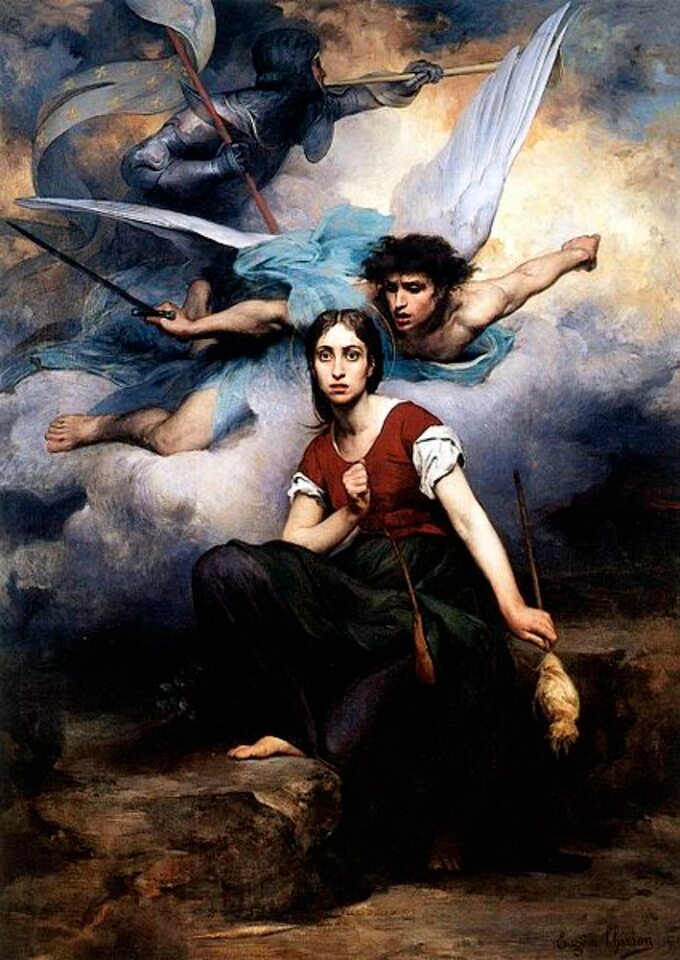
When Henry V and Charles VI died in 1422, in accordance with the Treaty of Troyes, some French nobles named the English prince Henry VI (who was one year old at the time) as King of France, but most French chose the Dauphin. France, Charles VII as their monarch.
Although Charles VII was elected, he could not be crowned because Rheims – the usual place for the coronation of French kings – was in English hands. Charles VII therefore remained informally the ruler of France, and the Regency Council, which exercised power on behalf of King Henry VI of England, easily undermined his claims by attempting to enthrone the young Henry as King of France.
The village of Joan of Arc was located on the border between the territories remaining in the hands of France and the territories occupied by England and the Duchy of Burgundy. In 1428, the inhabitants of Domrem were forced to leave their homes. It was then that a rebellion was born in Joanna against the injustice that France was suffering at the hands of the invading armies. Young Joanna heard God's inner call to fight the English. His guide was Archangel Michael.
Joan of Arc leads France
In May 1428, Joan traveled to Vauculaire, where there was a garrison loyal to the Dauphin of France, Charles VII. Joan of Arc said she wanted to speak with Charles. He was not taken seriously and was not allowed to meet. However, Joanna did not give up. He moved a second time to Vaucouleurs in early 1429. The commander was amazed by his strength, determination and piety. In February, disguised as a man, accompanied by six armed men, he went to Chinon, where Charles was staying.
At first Delphine didn't want to see him. He asked the clergy and his advisers for advice. However, Joanna made a great impression on everyone, as she was soon recognized in the presence of Charles. When Joan of Arc approached the Dauphin, she said that she wanted to fight the English and that she would lead Charles to the coronation at Rheims. Many were surprised by his words. Joan was even interrogated by church authorities to determine if she was possessed by evil forces and indeed sent by God.
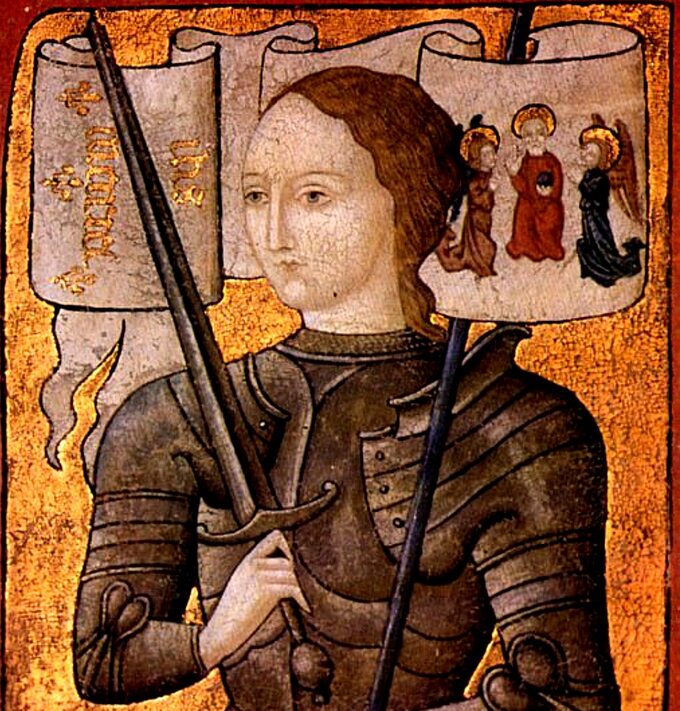
His fate was discussed for two months. People wanted to believe that the young peasant girl was sent by the Savior himself to guide the people, although there were many contrary opinions. Finally, it was decided to trust Joan of Arc.
Soon Joanna left for Tours, where she led the army. Its banner depicts Jesus Christ in judgment. When they wanted to give him the sword, he said that it was for him in the church of Sainte-Catherine-de-Fierbois, and indeed it was found there. One of Joan's “weapons” were the letters she dictated and ordered to be sent to the English. Today we would call this method a “psychological weapon”. As it turned out over time, his visions were prophetic.
Orleans, Patay and Reims
French troops left for Orleans on April 27, 1429. The city was besieged by the French for half a year. Joan was advised to abandon the attack – the English were strongly fortified. But she was firm. On May 4, he led the French into battle and captured Orleans. In the following days, other towns and forts were taken. From the time of her first great victory, she became known as the Maid of Orleans.
On May 9, Joan of Arc returned to Tours, where Charles the Dauphin lived. Joanna urged him to go to Reims as soon as possible for the coronation. Once again, his judgment was trusted, although the idea seemed crazy because there were thousands of Englishmen on the road to Rheims.
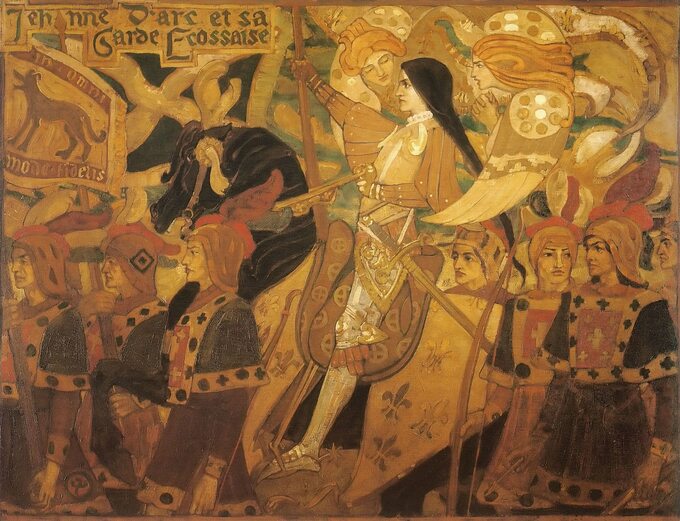
Joan of Arc once again led the French to victory. In the battle of Patai (June 18, 1429) the English troops were destroyed. Joan was called invincible, but Charles still hesitated to travel to Rheims. He wanted to conquer all the cities of the Loire first. Joanna tried to persuade him, rightly observing that the moment the French regained the initiative and struck fear into the English ranks, it was necessary to seize the opportunity and strike again.
On June 29, 1429, Joan of Arc finally left for Reims on Charles' side. The city opened its doors to welcome the dolphin. The coronation took place the next day. Charles was crowned Charles VII. During the ceremony, Joanna stood with her flag at the altar, and when the crown was placed on her temples, like the others, she fell on her knees before him.
Attack on Paris and Battle of the Loire
At this time, Joanna sent a letter to Philip the Good, Duke of Burgundy, persuading him to join her in France. In his hands was Paris, where Joanna wanted to go after Charles's coronation. However, the king refused to move on to Paris and sent his troops to the Loire.
Meanwhile, after the last setback, the English troops became better organized. The march of the French troops stopped on the banks of the Seine near Bray. At Joan's insistence, the French launched an attack on Paris at the end of August, but the city was strongly defended by the English. A few days later, King Charles ordered a retreat. The royal troops again marched towards the Loire.
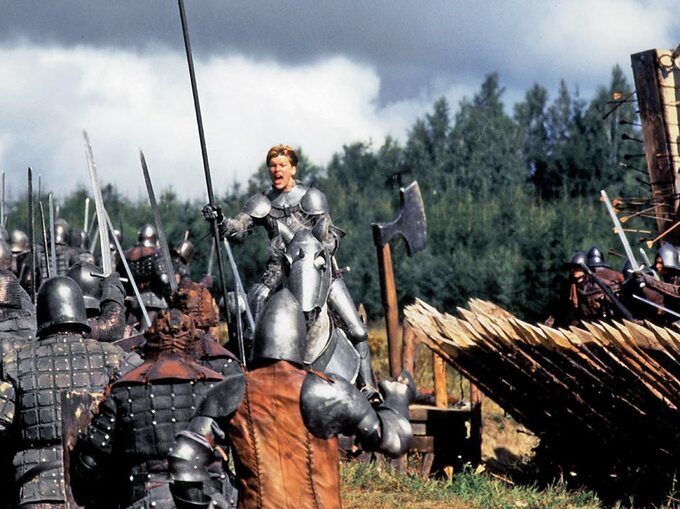
In December 1429, Joan of Arc and her family were ennobled by Charles VII.
At the beginning of 1430, Reims again found itself at the center of Burgundian interests. The inhabitants of the city sent a request to the king and asked him for reinforcements, because many people would surely die because he had “betrayed” them a few months earlier and opened the door to the royal coronation. Joan of Arc went to Reims. His presence emboldened the defenders, who were firmly on the side of Charles and ready to fight the enemy.
The Imprisonment of Joan of Arc
On May 23, 1430, during the battles near Compeign, Joan of Arc was overtaken by the English and captured. He was taken to Margny, where the Duke of Burgundy came to meet him. Charles VII, when he learned of Joan's imprisonment, did nothing to rescue her, thinking it would disrupt his peace negotiations with Philip, which he had been conducting for some time.
Meanwhile, the English wanted to take Joan back from the Burgundians and judge her by her own law. The rector of the University of Paris, Pierre Cauchon, took the side of England and acted as a mediator in the negotiations. Eventually, Joan was ransomed for 10,000 francs and taken to the Tower of Rouen to await trial. It was decided that although he was acting as a layman and fighting alongside the King of France, he would be brought before an ecclesiastical court.
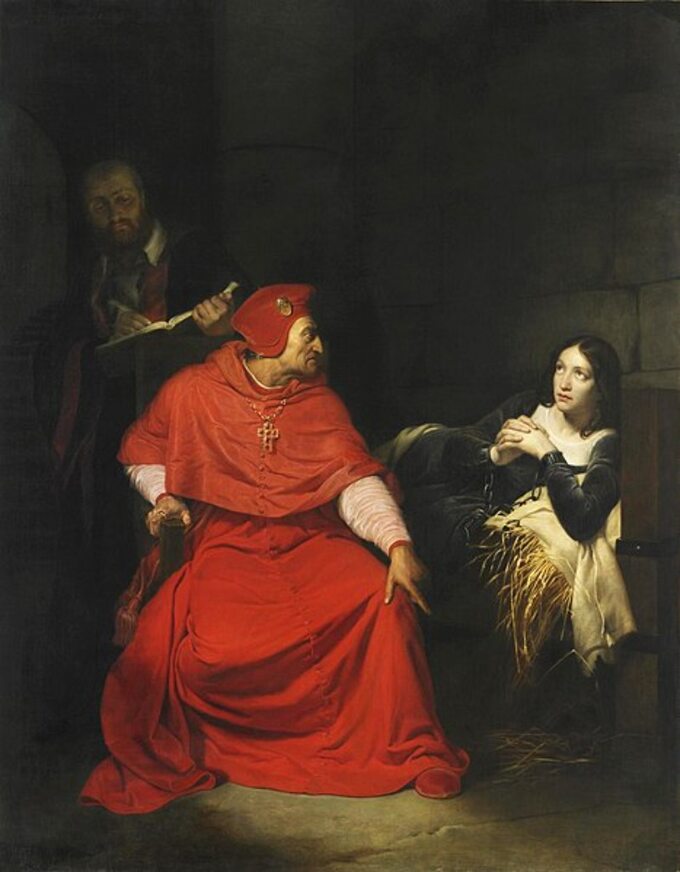
On January 9, 1431, the trial of Joan of Arc began. It was a political trial, although the charges were of a “spiritual” nature. Joanna was accused of heresy, witchcraft and contact with unclean spirits. His words were questioned and it was argued that he heard the voice of God and followed his instructions. Joan's conviction was also intended to discredit Charles VII, who was said to have owed the crown to a witch.
By March 24, 1431, Joan of Arc had been interrogated several times. Although he promised to tell the truth, he refused to answer some questions, saying that anything he said would harm France.
In a summary of the trial, she was charged with heresy, blasphemy and wearing men's clothing. At the end of May, the trial was terminated. It was decided that Joanna would be handed over to the secular court, as only she could impose the death penalty.
On May 30, 1431, Joan of Arc was brought to the Rouen market. On that day, he was again allowed to confess and receive Holy Communion. Joanna was taken to the stake and set on fire. The Maid of Orleans was martyred on May 30, 1431 by order of the English. He remained loyal to God, France and the king until the end.
In 1456, Joan of Arc was rehabilitated by order of Pope Calixtus III. He was canonized on May 16, 1920.
Also read:
Battle of Agincourt. The same mistakes, the same crushing failure of FranceAlso read:
Pogrom of the French in Crecy. Beginning of the Hundred Years WarAlso read:
In the footsteps of Lancelot
(translate tags) Joan of Arc
